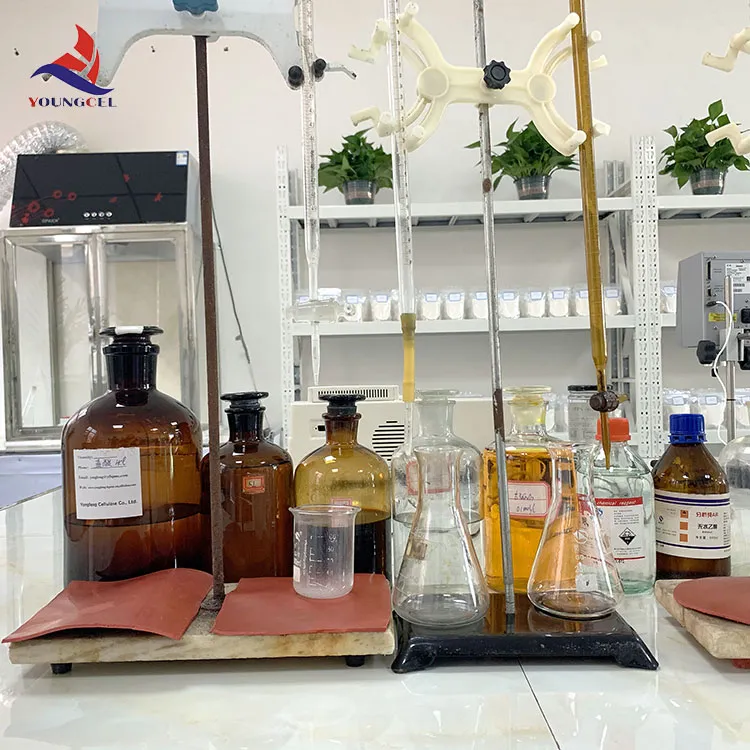The Influence of Wall Putty and HPMC in Modern Construction
In the realm of modern construction and interior design, achieving a smooth and flawless finish on walls is paramount. Two essential components that play significant roles in this process are wall putty and hydroxypropyl methylcellulose (HPMC). This article explores the significance of wall putty in interior finishing and the role of HPMC as a critical additive that enhances the performance of wall putty.
Wall putty is a white cement-based product used to create a smooth surface on interior walls before painting or wallpapering. It serves multiple purposes, including filling small cracks and defects, enhancing the wall's aesthetics, and boosting the longevity of the paint application. The use of wall putty has become increasingly popular in modern construction as it allows for a high-quality finish that not only looks appealing but also protects the underlying plaster or concrete from wear and tear.
The Influence of Wall Putty and HPMC in Modern Construction
HPMC is a vital component in the formulation of wall putty, recognized for its excellent thickening, binding, and water-retention properties. As a derivative of cellulose, HPMC is non-ionic and soluble in both cold water and hot water, making it versatile and user-friendly. When incorporated into wall putty, HPMC improves the consistency and workability of the mixture, allowing for easier application and manipulation. Moreover, it significantly enhances the putty's adhesion to various substrates, ensuring that the finished surface is durable and long-lasting.
wall putti hpmc

One of the primary benefits of using HPMC in wall putty is its ability to retain water, which slows down the drying process. This is particularly advantageous during the application phase, as it allows for additional time to work with the putty before it hardens. Adequate working time can lead to better surface quality and reduced chances of defects such as cracks and crazing, which can occur with rapid drying.
Additionally, HPMC imparts flexibility to the wall putty, making it less prone to shrinkage and cracking over time. This flexibility is crucial, especially in regions that experience temperature fluctuations or structural movements. The incorporation of HPMC, therefore, contributes not only to the aesthetic appeal of the walls but also to their durability and longevity.
Another noteworthy aspect of HPMC is its eco-friendly nature. As more builders and homeowners become conscious of environmental impact, the use of sustainable and non-toxic materials in construction has gained momentum. HPMC fits well within this paradigm, offering a safe and efficient solution for wall putty formulations that meets modern standards of sustainability.
In summary, wall putty combined with HPMC has revolutionized the way we approach wall finishes in construction. The enhancements provided by HPMC in terms of workability, adhesion, water retention, and flexibility make it an indispensable ingredient in quality wall putty formulations. As the demand for high-quality, aesthetically pleasing interiors continues to rise, the role of wall putty and HPMC will undoubtedly remain critical in achieving the desired outcomes for any construction project.
-
Premium Detergent Grade HPMC Hydroxypropyl Methylcellulose: Superior Thickening & StabilityNewsAug.31,2025
-
HEC 100000 Hydroxyethylcellulose for Paint | Superior ThickeningNewsAug.30,2025
-
Wall Putty Rdp Powder Packaging DesignNewsAug.29,2025
-
Introduction to Hpmc Hydroxypropyl Methyl CellulosNewsAug.29,2025
-
Hpmc Industri Grade IntegrationNewsAug.29,2025
-
How to Choose the Right Construction AdhesiveNewsAug.29,2025




